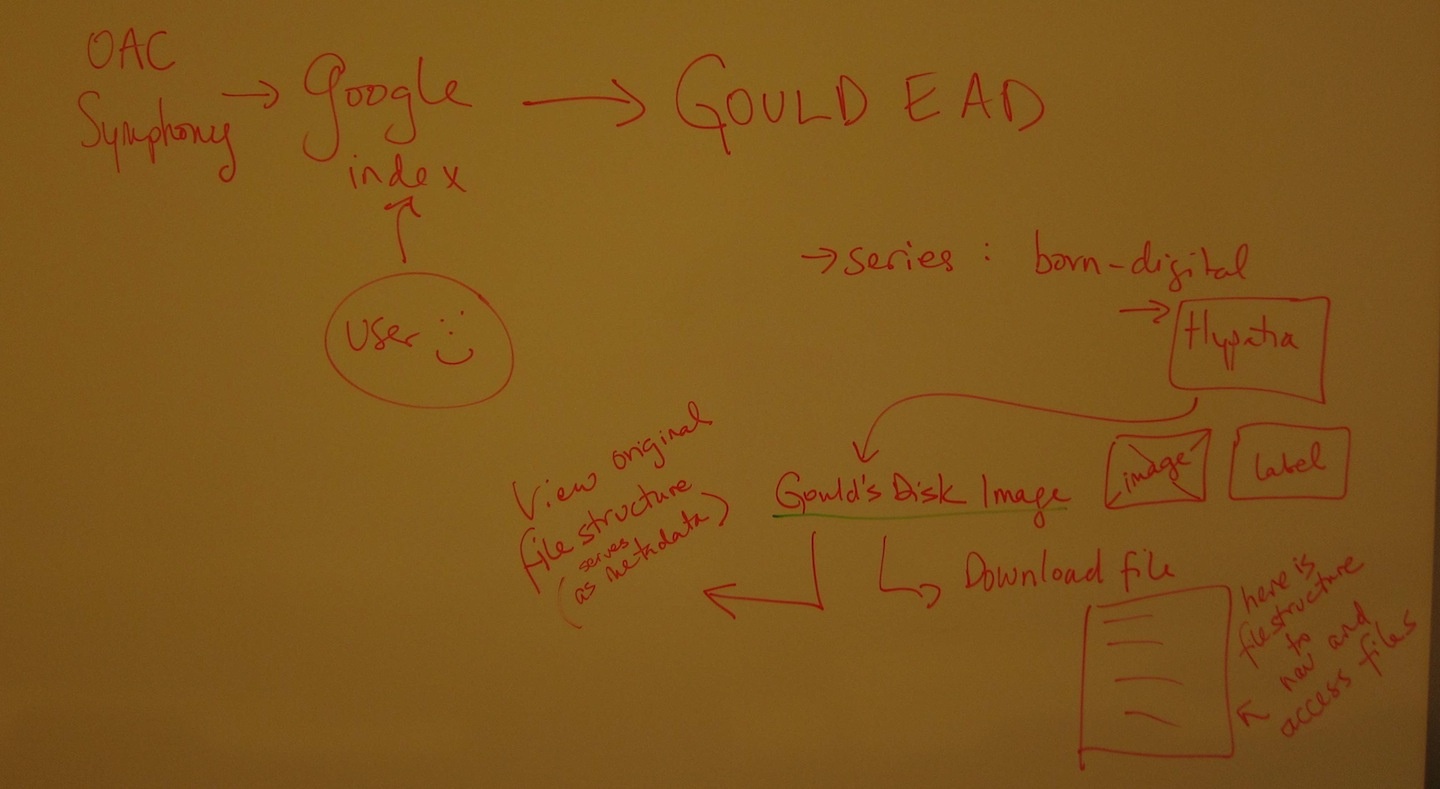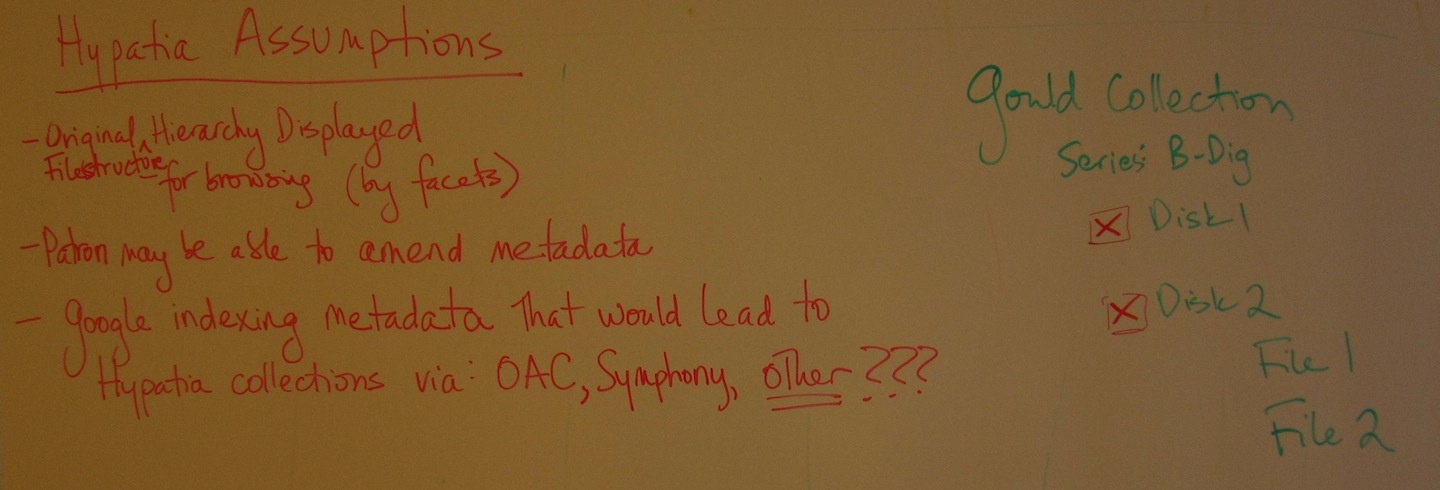Story Mapping - what is it?
Is an agile method for developing user stories and assigning them into iterations that are of value to the customer of the application. The task is to begin assume the role of a user for the application and to document the tasks or stories that a user will do while interacting with the application. Stories are then mapped on a board like a time line with the critically of the stories ranked in a vertical axis. The goal of the exercise is to represent stories as a workflow, and end to end set of tasks that a user will likely do when they are interacting with the application. The effort is to identify gaps or areas of functionality that are currently unplanned and to begin to group iterations into the smallest units of functionality that would be of benefit to an end user of the application.
- Story Mapping comes from the Open Cast Matterhorn project at UC Berkeley (http://www.opencastproject.org/).
- Link to USD documentation on Story Mapping Exercise
Notes
- an inpromptu effort by Charles Kerns, Jennifer Vine, Katherine Kott, Lynn Yarmey, Hannah Frost and Michael Olson to apply an agile story mapping effort to Hypatia development
- focused on the general user (patron) of the application for this effort as we know the least about this type of user
- effort is to right out tasks that a user will do on post-it-notes and then align them based on chronology and criticallity
- using the story mapping process we identified 6 iterations. Iterations are decided based on the smallest unit of usable functionality.
- discovered that registration component missing from previous planning docs
Screen Captures




3 Comments
Mark A. Matienzo
Can you clarify the context of this?
Michael Olson
Charles Kerns suggested we try a new agile method called story mapping and suggested that we use Hypatia as a test case. Unfortunately it involves righting tasks on post-it-notes and it doesn't lend itself well to long distance collaboration....otherwise we'd have you in the middle of it. I've provided a bit more context in the notes above. The key points we discovered are the following:
* how will a patron get to Hypatia? We haven't talked about this and brainstormed that they could enter the app from either an EAD pointer, a catalog record, or a Google index
* this exercise highlighted that we've missed a registration component for the application that involves creating an account, agreeing to terms of service, logging in etc.
* for this exercise we focused on a regular non-archivist user. We have the least amount of data on this type of person so we thought we'd at least start there.
* we should probably revisit the roadmap based on this work. Definite topic for our next developers call
Does this help provide more background?
michael
Mark A. Matienzo
Yes, it does give me a better sense of things.
How does this relate to the dev roadmap right now, particularly in terms of the initial tracer bullet?